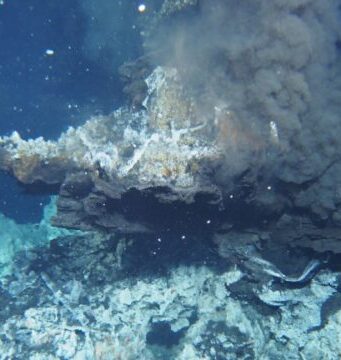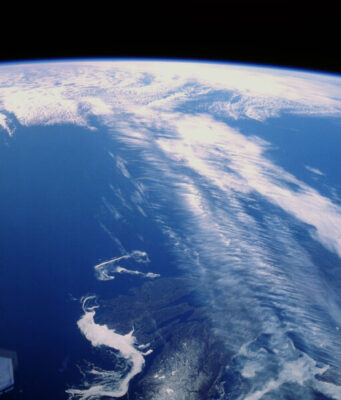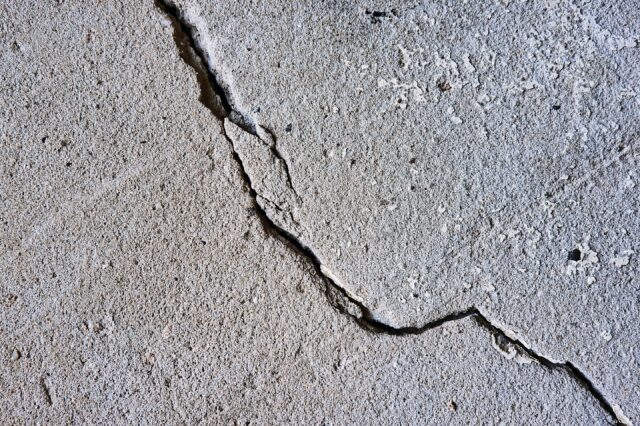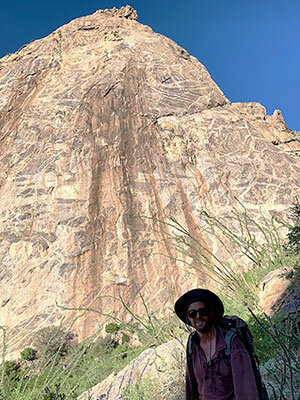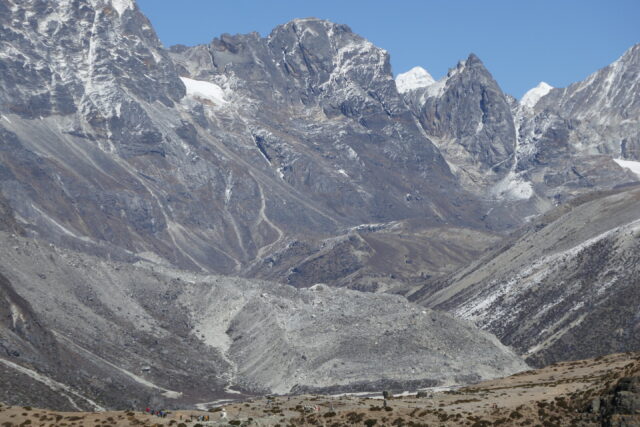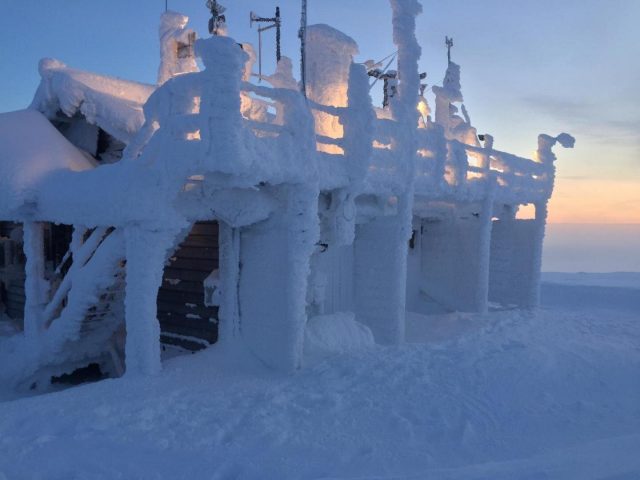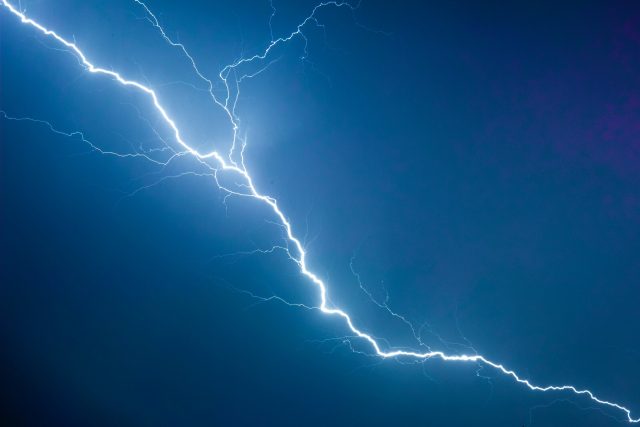These mysterious earthquakes originate between 400 and 700 kilometers below the surface of the Earth and have been recorded with magnitudes up to 8.3 on the Richter scale.
Xanthippi Markenscoff, a distinguished professor in the Department of Mechanical and Aerospace...
A group of University of Wyoming professors and students has identified an unusual belt of igneous rocks that stretches for over 2,000 miles from British Columbia, Canada, to Sonora, Mexico.
The rock belt runs through Idaho, Montana, Nevada, southeast California...
A German-French study led by the GEOMAR Helmholtz Centre for Ocean Research Kiel has used long-term observations to investigate the complex interplay between fluctuations in the equatorial current system and variations in oxygen content. During the last 15 years...
Some Himalayan glaciers are more resilient to global warming than previously predicted, new research suggests.
Rock glaciers are similar to "true" ice glaciers in that they are mixtures of ice and rock that move downhill by gravity -- but the...
A new study finds a naturally occurring "earthquake gate" that decides which earthquakes are allowed to grow into magnitude 8 or greater.
Sometimes, the "gate" stops earthquakes in the magnitude 7 range, while ones that pass through the gate grow...
They are diligently stoking thousands of bonfires on the ground close to their crops, but the French winemakers are fighting a losing battle. An above-average warm spell at the end of March has been followed by days of extreme...
Nine of the hottest years in human history have occurred in the last decade. Without a major shift in this climate trajectory, the future of life on Earth is in question. Should humans, whose fossil-fueled society is driving climate...
Found in jewelry, car parts, pigments, and industrial chemical reactions, the metal chromium and its compounds are often employed for their color, finish, and anti-corrosive and catalytic properties. Currently, geoscientists and paleoceanographers from MIT and the Woods Hole Oceanographic...
In 2019, the National Weather Service in Alaska reported spotting the first-known lightning strikes within 300 miles of the North Pole. Lightning strikes are almost unheard of above the Arctic Circle, but scientists led by researchers at the University...
Carbon on Earth, the ultimate journey. We are made of stardust, the saying goes, and a pair of studies including University of Michigan research finds that may be more true than we previously thought.
The first study, led by U-M...
Tropical rainforests today are biodiversity hotspots and play an important role in the world's climate systems. A new study published today in Science sheds light on the origins of modern rainforests and may help scientists understand how rainforests will respond to...


